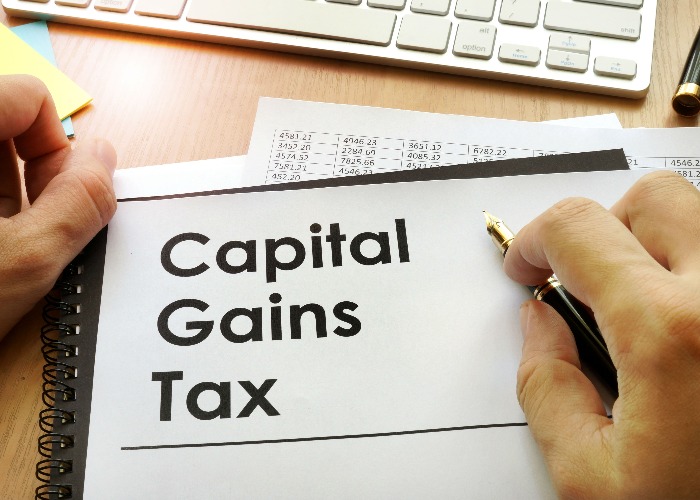The 5 year valuation rule trap
The Annual Tax on Enveloped Dwellings (ATED) contains a trap which can blow-up in your client’s face: the five-year valuation rule.
When a residential property is held through a company (or other non-natural person eg a trust) it must be valued on acquisition to determine whether it is worth over £500,000, and thus may be subject to ATED. However, the property must also be revalued every five years after acquisition, with the valuation undertaken on 1 April in 2012, 2017, 2022, 2027 etc.
The new valuation takes effect for the ATED reporting year starting on the following 1 April. Thus, the ATED return and payment for 2023/24 is based on the open market value of the property as assessed at 1 April 2022.
HMRC is writing to taxpayers who are currently paying ATED, to remind them to revalue their properties at 1 April 2022 using an open-market value.
This could result in the property moving up a valuation band for 2023/24, say from the £500,000 to £1m band, into the £1m to £2m band. Although the ATED charges for 2023/24 have not been announced yet, moving up a band will at least double the amount of ATED due, which needs to be budgeted for.
The bigger trap is when the property becomes subject to ATED for the first time, as the property value has exceeded £500,000. Even if the property is exempt from ATED, because it is commercially let to people unconnected with the company owners, an ATED relief return must be submitted by 30 April within the year. There are a number of other situations which give full relief from the ATED charge.
Failure to submit an ATED return on time will result in automatic late filing penalties. Also, failure to pay the right amount of ATED charge on time will generate a late payment penalty and an interest charge.

